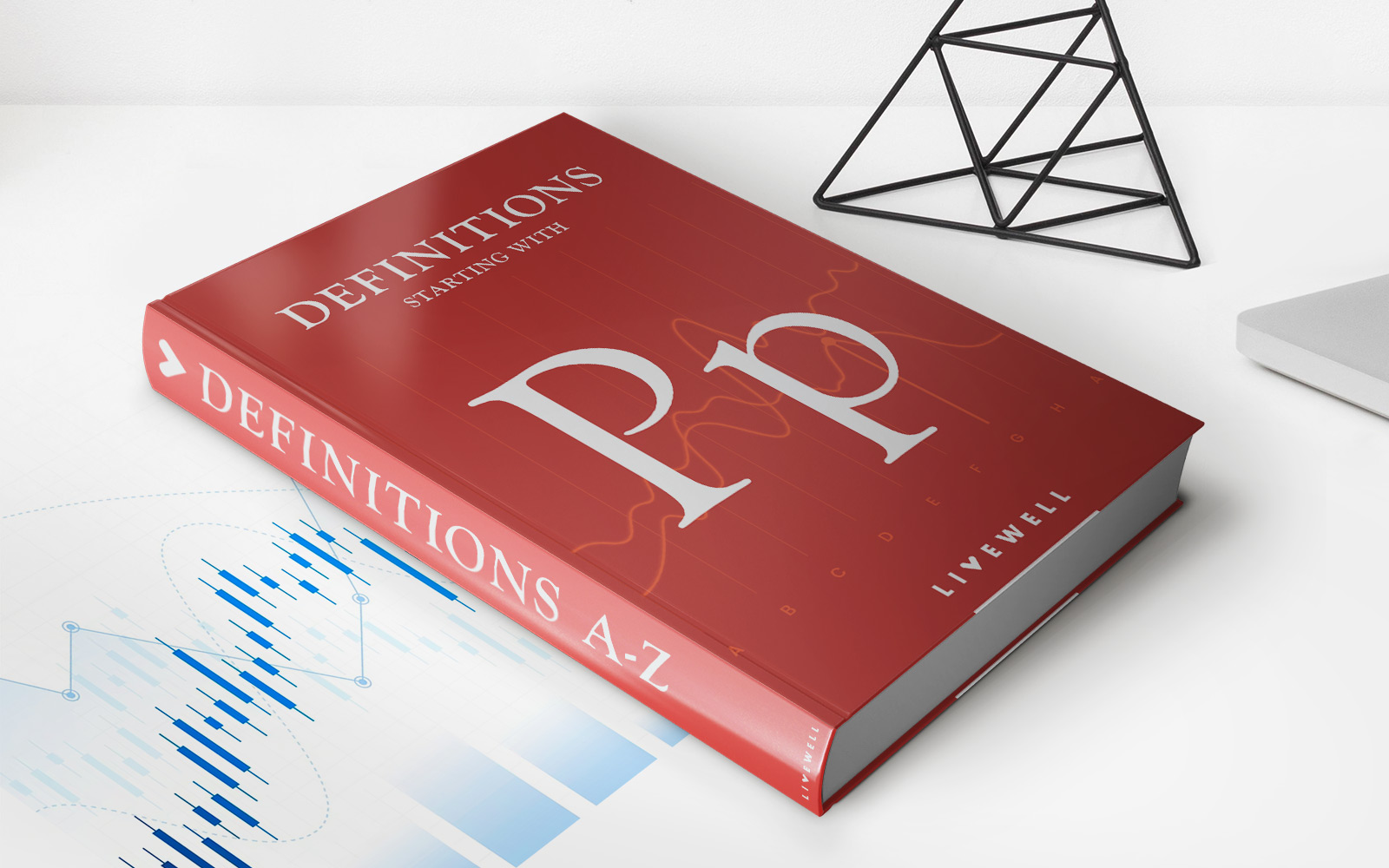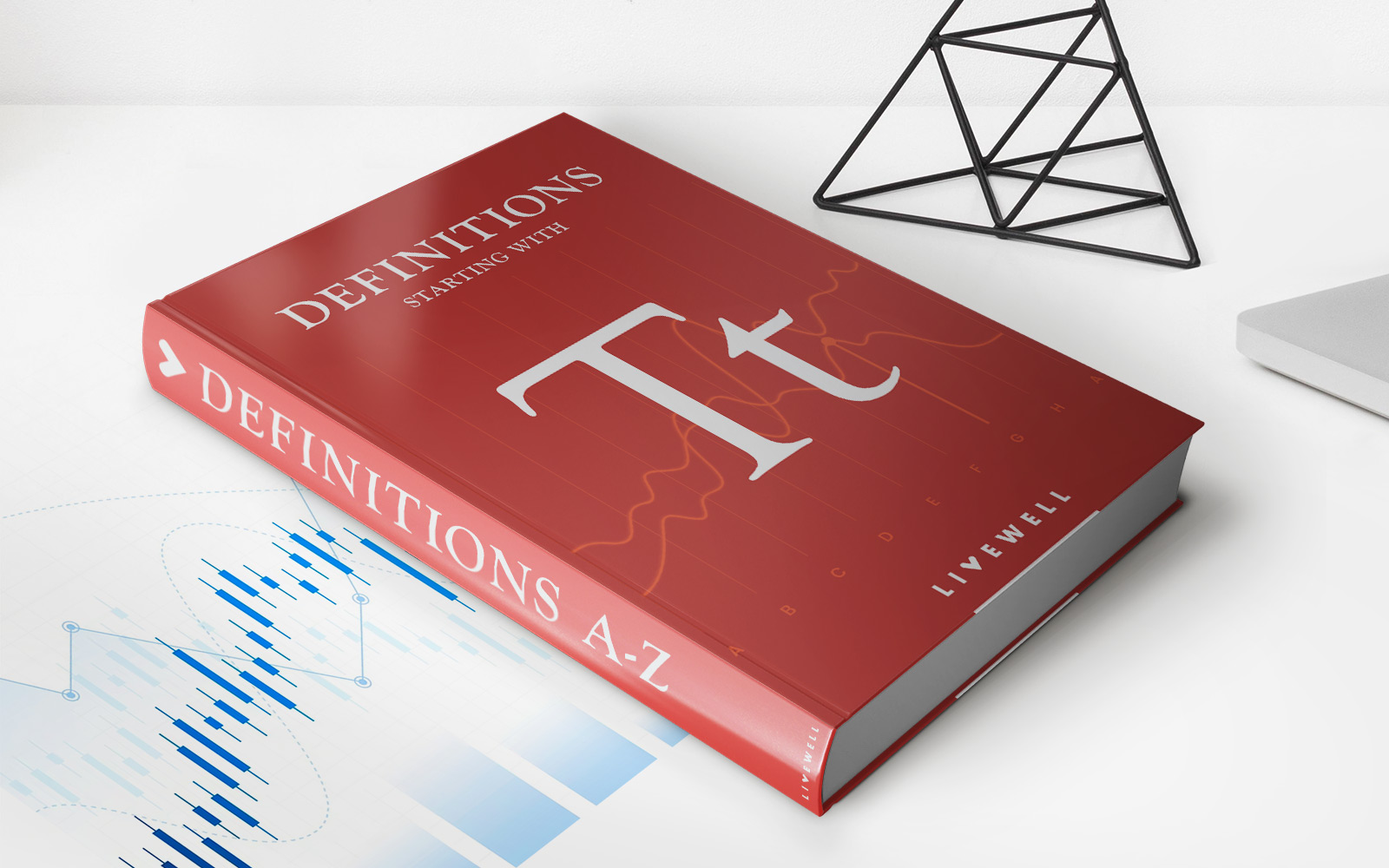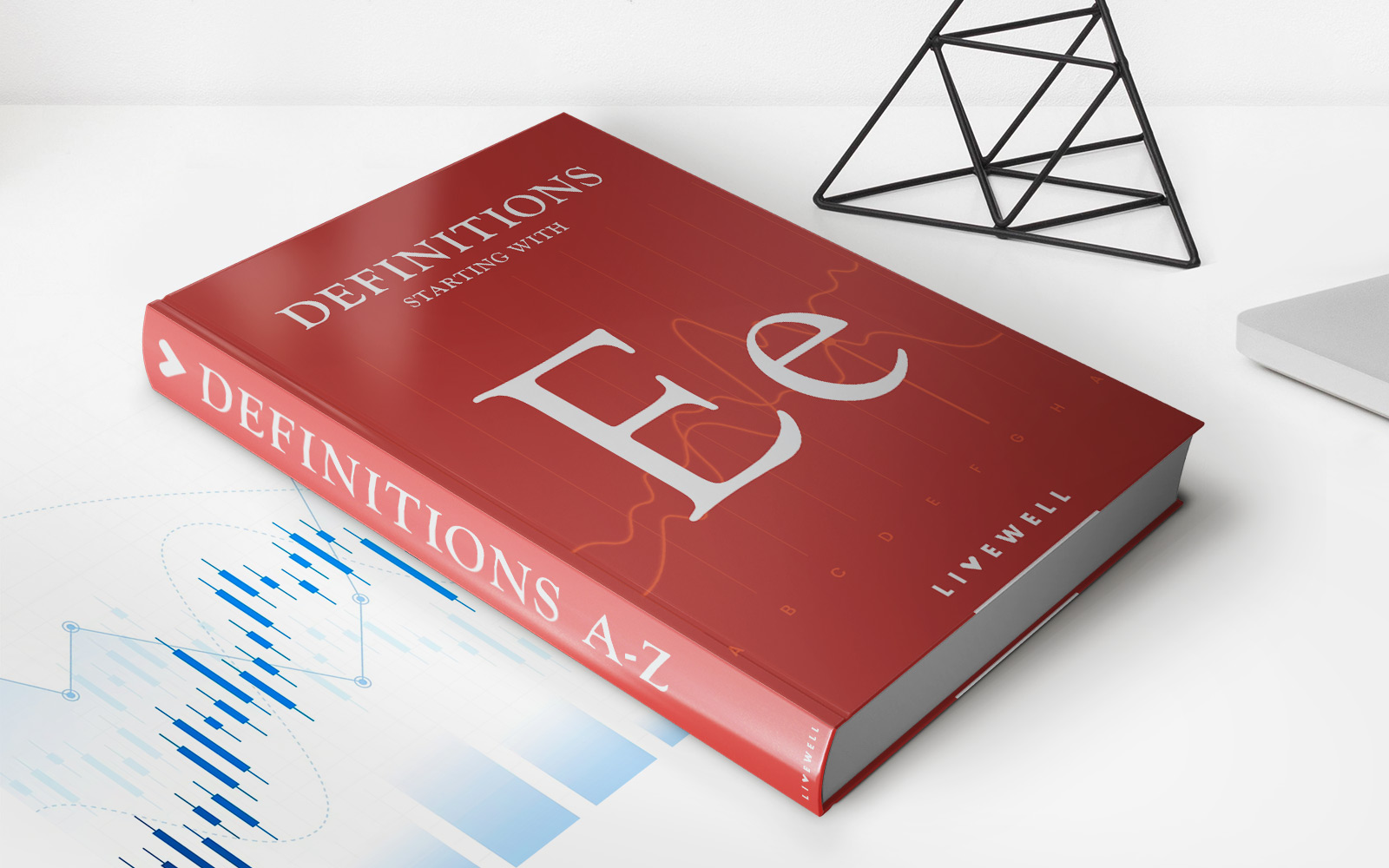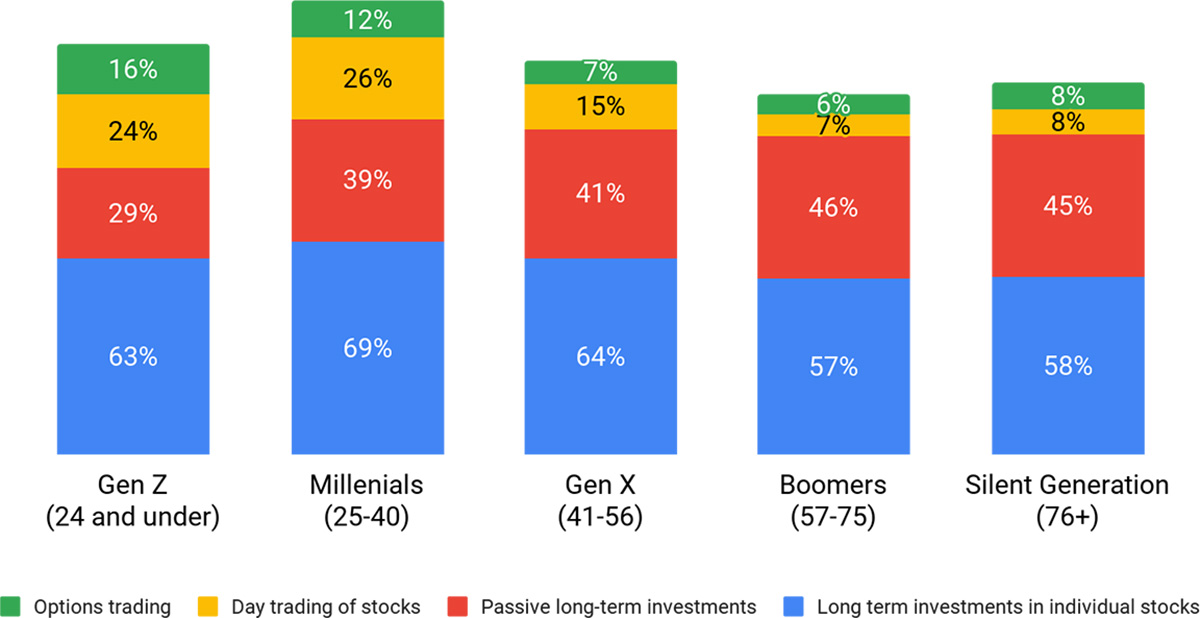Home>Finance>Patent Pending: Definition, Example, How It Works, Vs. Parent
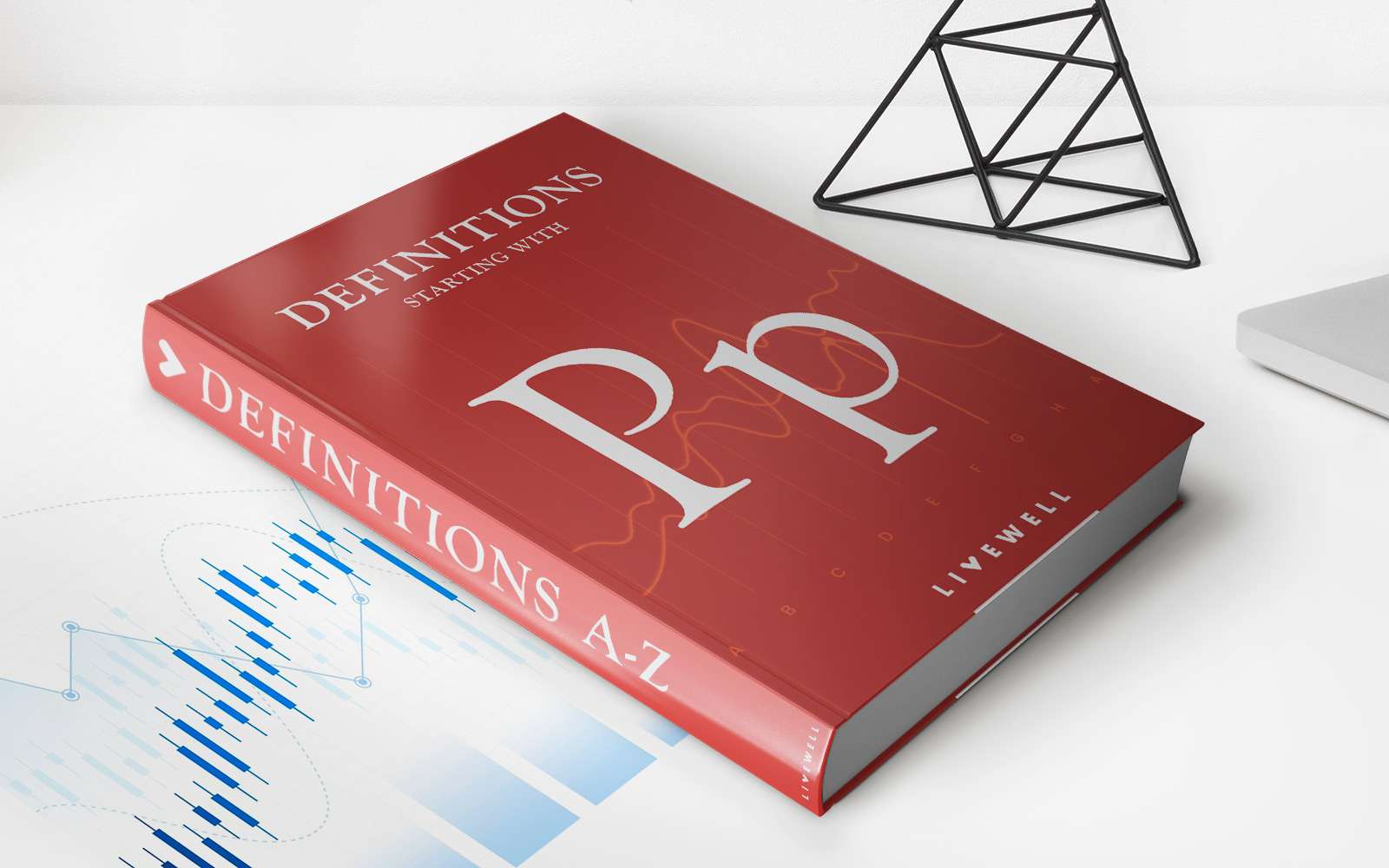

Finance
Patent Pending: Definition, Example, How It Works, Vs. Parent
Published: January 6, 2024
Discover the meaning of a patent pending, see examples, learn how it works in the finance industry, and understand how it differs from its parent patent.
(Many of the links in this article redirect to a specific reviewed product. Your purchase of these products through affiliate links helps to generate commission for LiveWell, at no extra cost. Learn more)
The Patent Pending Process: Everything You Need to Know
When it comes to the world of finance, there are various terms and concepts that can be quite confusing. One such concept that often raises questions is “patent pending.” If you’ve ever wondered about what it means, how it works, and how it differs from a patent, then you’ve come to the right place. In this blog post, we’ll demystify the patent pending process and provide you with a clear understanding of its significance.
Key Takeaways:
- Patent pending is a legal status granted to an invention or innovation during the period between filing a patent application and it being approved or rejected.
- Obtaining a patent pending status provides inventors with certain legal protections and benefits, such as the ability to use a “patent pending” label and potential priority rights.
What Does Patent Pending Mean?
When an inventor or company files a patent application with the appropriate patent office, they are granted the status of “patent pending.” This status indicates that the application has been submitted and is under examination, but a final decision on whether or not to grant a patent has not been made yet. The “patent pending” label is used to inform the public that the invention is in the process of being protected.
How Does the Patent Pending Process Work?
Once an inventor files a patent application, the examination process begins. The patent office evaluates the application to determine if the invention meets specific criteria for patentability, such as novelty, non-obviousness, and usefulness. This evaluation process can take months or even years, depending on the complexity of the invention and the backlog at the patent office.
During the patent pending period, the applicant is typically afforded certain legal rights and protections. These include the ability to mark their invention or product as “patent pending” and potential priority rights. Priority rights refer to the fact that, in case of competing patent applications for the same invention, the one with the earlier filing date is given priority.
Patent Pending vs. Patent
While both “patent pending” and “patent” refer to legal protections for an invention, there are distinct differences between the two:
- Patent Pending: This status is temporary and signifies that a patent application has been filed but is still being examined.
- Patent: A granted patent means that the application has passed the examination process, and the invention is legally protected for a specific period of time, usually 20 years from the filing date.
It’s important to note that obtaining a patent pending status does not guarantee that a patent will be granted. The examination process may uncover prior art or other reasons for rejection. However, the patent pending status is a crucial step in the journey towards obtaining patent protection.
In Conclusion
The patent pending process is a vital part of securing intellectual property rights for inventors and companies. Understanding the significance of the “patent pending” label and its distinction from a granted patent can help navigate the complex world of intellectual property. If you have a unique invention or innovation, filing a patent application and obtaining a patent pending status can provide you with legal protections while you await the final decision on your patent application.
Remember, the process can be intricate and time-consuming, so it’s advisable to consult with a patent attorney or intellectual property expert to ensure you have the best chances of success. So go ahead, protect your ideas, and embark on your journey towards innovation!



